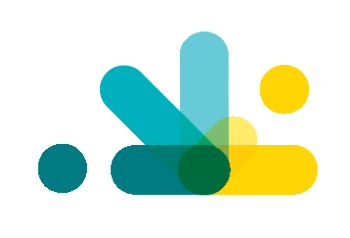Why we should be your top choice?
Agricultural manufacturers and foresters have to embrace new strategies to make sustainability a priority. Aerial remote sensing has proven to be the most accurate method for crop and soil measurement. Our solution combines sunlight-calibrated spectral imaging, the method for measuring distances and reflection with a sensor to analyze individual leaves and build statistical models of crops and soils.
What does our company do?
Utilising our high specification drone, camera and AI technology, we can produce data within the NDVI spectrum, identifying which parts of a field are dry or need improvements. Additionally, once the crop is growing, we are able to monitor your crop and soil health allowing the calculation of the vegetation index, describing the relative density and crop health, displaying early disease detection and improved survival statistics. Our services empower your business, providing you with immediate data capture offering the option for live view or recorded images and footage or both.
What is NDVI?
NDVI (Normalized Difference Vegetation Index ) is obtained from the visible and near-infrared light reflected by vegetation. Flourishing plants absorb more of the visible light but reflect a large portion of the near-infrared light. Damaged plants reflect more visible light and less near-infrared light.
The pigment in plant leaves, chlorophyll, strongly absorbs visible light (from 0.4-0.5 and from to 0.6-0.7 μm) for use in photosynthesis. The cell structure of the leaves, on the other hand, strongly reflects near-infrared light (from 0.7 to 1.1 μm).
The mathematical formula of NDVI is:
NDVI = (NIR — VIS)/(NIR + VIS)
How to get NDVI images and data?
There are many tools what are able to capture NDVI data ranging from simple cameras to satellite imagery. All these tools have their pluses and minuses but the best way to capture the high quality and accurate results is to use an unmanned aerial vehicle (UAV) or drone. The drone in combination with two highly sensitive sensors, one near-infrared sensor (NIR) and one visible sensor (red, green blue channels) is so far the best solution. The drone flight is pre-mapped to ensure the best coverage and resolution.
What is Chlorophyll Index?
Chlorophyll Index assesses canopy quality — a resource for nutrient management, both for in-season adjustments and season-to-season planning. Chlorophyll Index incorporates four narrow bands in the visible/near-infrared that are particularly sensitive to differences in leaf chlorophyll content: red, green, red-edge, and near-infrared. This proprietary combination of wavelengths is closely correlated with the nitrogen content of the leaves and relative health of the crop canopy.
How do analysis work?
We begin with aerial data capture by a drone equipped with a special-purpose camera. With help of a special solution, all the images obtained are stitched into a map. The next step is to choose a specific type of analysis which with sophisticated AI create easy to use and easy to understand data in shapefile, GeoTIFF, KMZ or PDF format, which can be shared with your colleagues. Finally, we provide you with data which you can upload to your equipment and use throughout the growing season to make accurate actions.
What are your benefits from our work?
Understanding crop’s, field’s and forest’s performance begin with accurate and comprehensive measurements. Those measurements were carried out in the past by man crops scouting on the ground. Personnel crop scouting at ground level is also very costly, unprecise and time-consuming. You could apply satellite imagery is very temperamental and can only be achieved during clear skies and at set times within the day, the end results are generally a poor quality outcome, too. We are now able to provide an accurate service more reliable than the old methods at a fraction of the cost. Our drones can cover approximately 13 hectares in 30 minutes, providing you with extra time to concentrate on your other projects. 550 times faster than traditional methods. The analogic calculation could apply to the application of insecticides, pesticides, mineral fertilizers per hectare. Our analysis helps to identify the exact location and size of the damaged areas and thus minimizes the overall amount of inputs you plan to use, improve crop yield while maximizing the efficiency of in-field equipment, saving resources and the environment.
How do I get in touch with us?
Feel free to call us, email us or visit us, we are delighted to answer your questions. Meanwhile, if you are willing and know your demand you could book your flight with us directly at our website.
Our Mission Statement
Through our work of agricultural crop measurement and analytics for growers, we are facilitating raise of awareness for sustainable food production and consumption, and advocating for agricultural transformation for upcoming future challenges.
